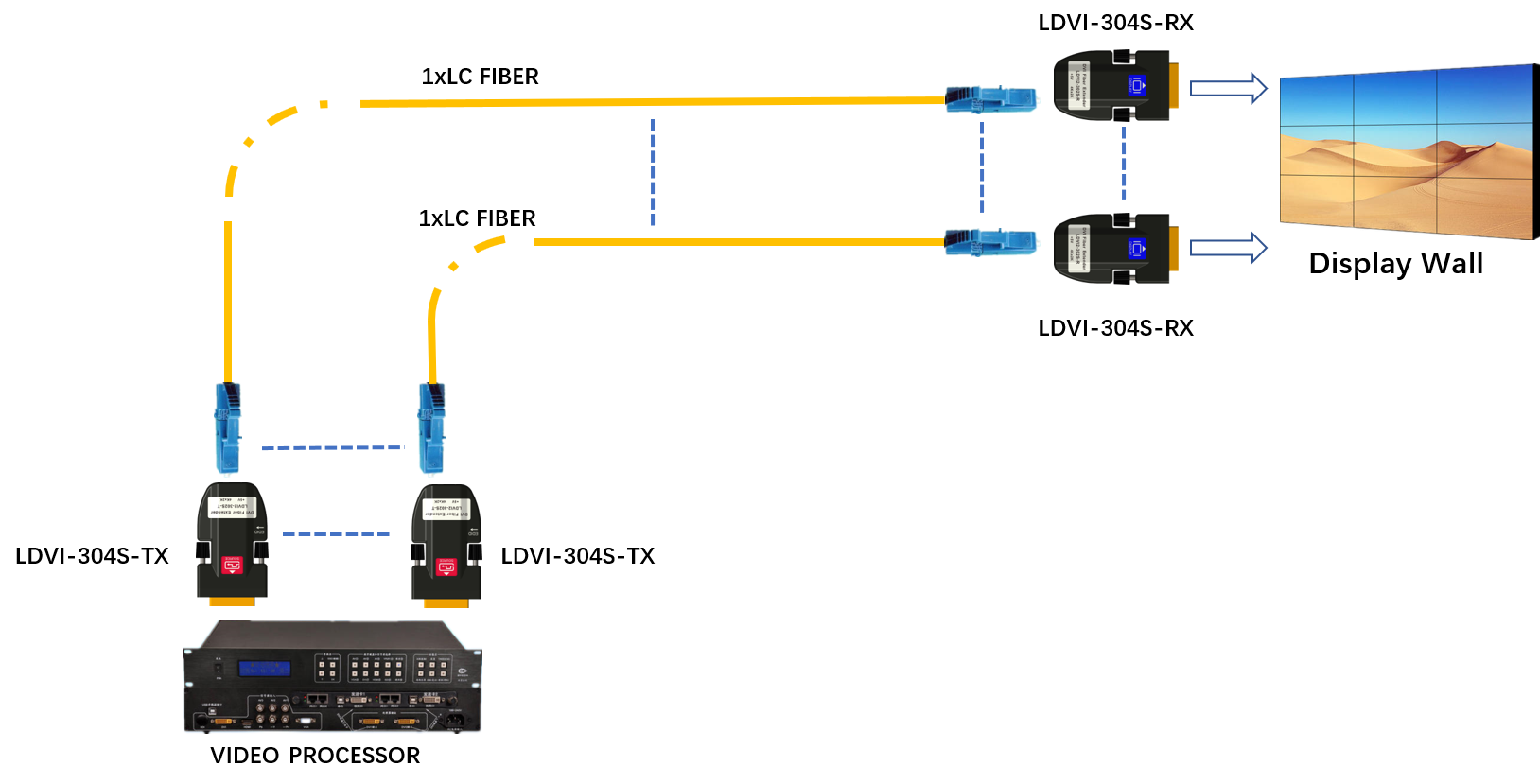


Operating under Telesat’s global Ka-band priority spectrum rights, the first Lightspeed satellites are expected to be launched in approximately two years, with customer beta testing beginning shortly thereafter and commercial services commencing in the second half of 2023. Specifically, Lightspeed has been optimized to serve the fast-growing broadband connectivity requirements of fixed and mobile network operators, aeronautical and maritime users, enterprise customers and governments. Telesat and Thales Alenia Space have engaged in substantial and sustained collaboration on Lightspeed’s innovative design. Thales Alenia Space and its affiliate Telespazio have made a Lightspeed capacity commitment in connection with the agreement.

Lightspeed is the most innovative, cutting-edge broadband satellite network ever conceived. Telesat-Lightspeed (LEO Broadband Satellite Constellation) Development Status Referencesįebruary 9, 2021: Telesat with HQs in Ottawa, Canada, one of the world’s largest satellite operators, announced today that it has entered into an agreement with Thales Alenia Space to be the prime manufacturer of Telesat’s global LEO constellation, Lightspeed, initially comprised of a fleet of 298 next-generation satellites integrated with an advanced ground network.


 0 kommentar(er)
0 kommentar(er)
